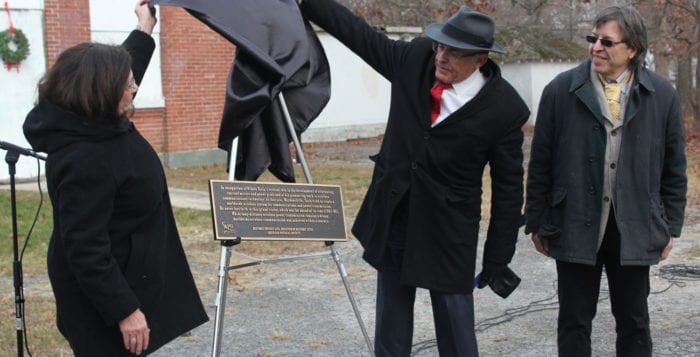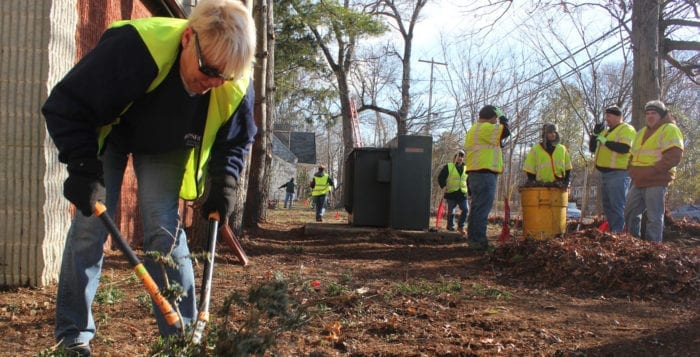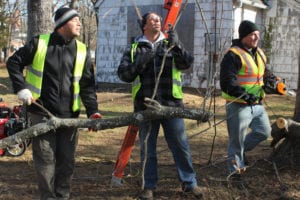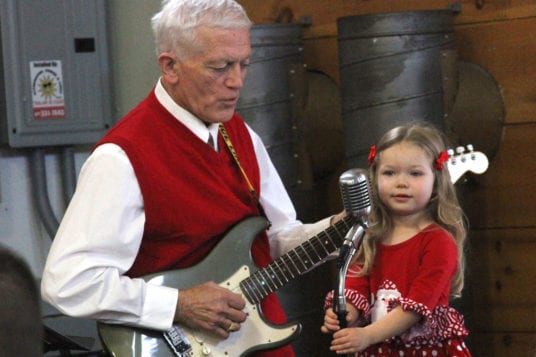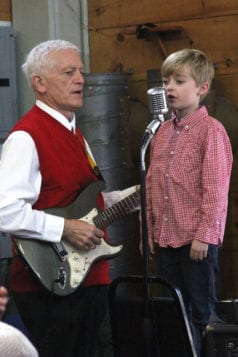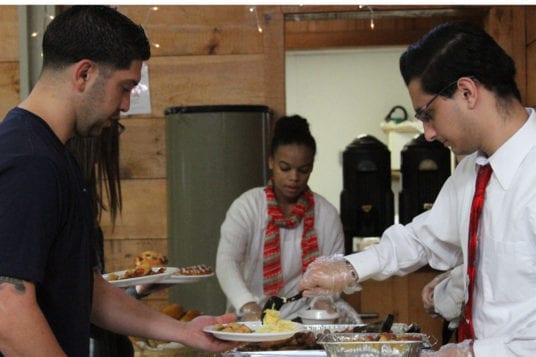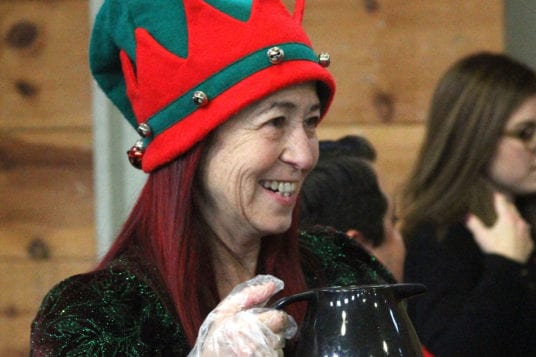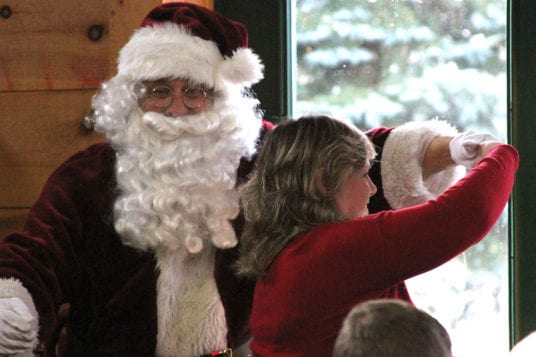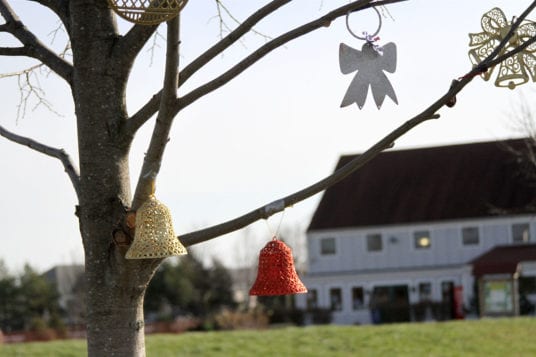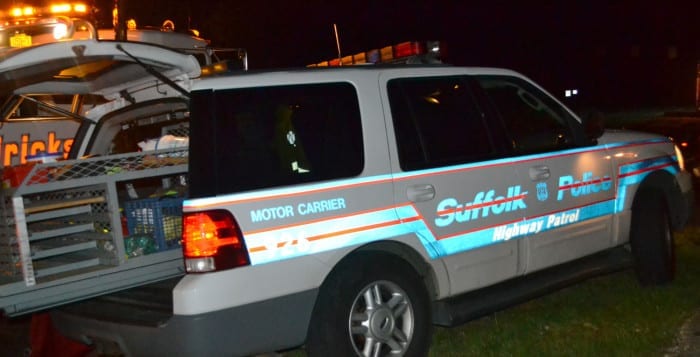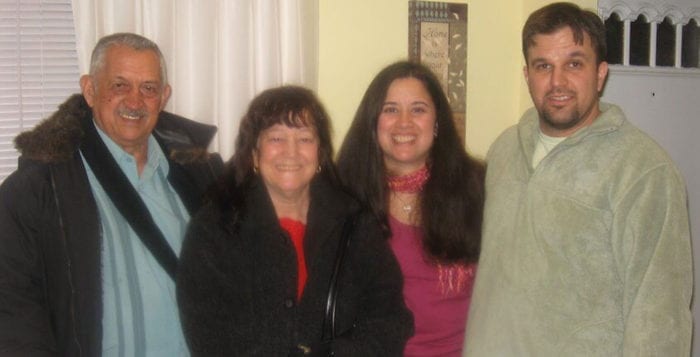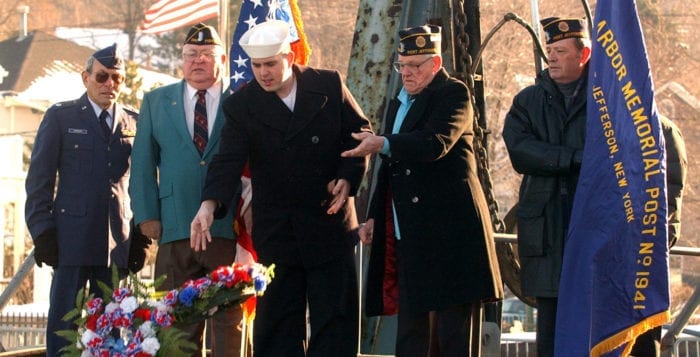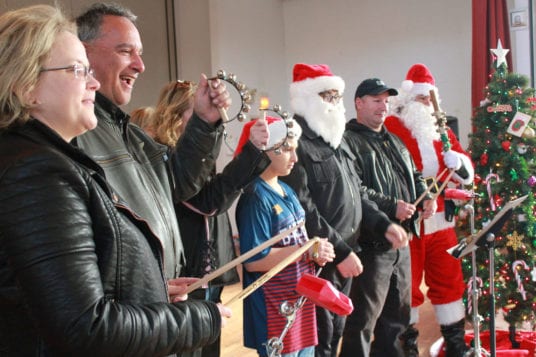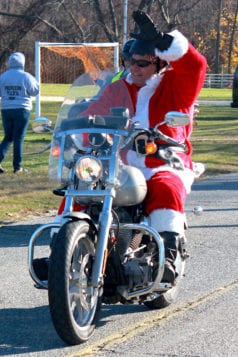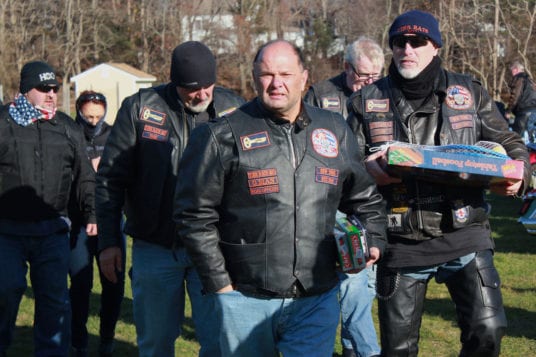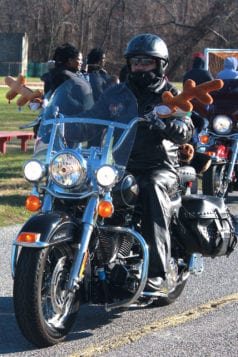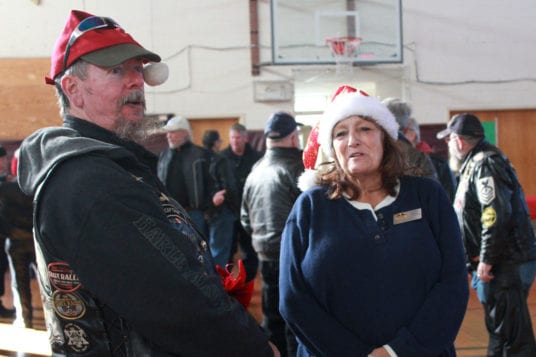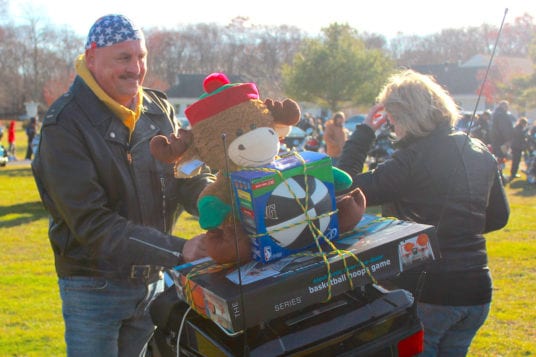The Tesla Science Center At Wardenclyffe, a lab of the former inventor Nikola Tesla, is the only one left of its kind, so it’s no surprise it’s historic.
To recognize this, a large crowd of local dignitaries and community members gathered in Shoreham Dec. 11 to witness the site be designated as a national historic physics site by the American Physical Society.
Back in 2013 a local not-for-profit known then as Friends of Science East Inc. raised over $1 million to purchase the property – Nikola Tesla’s last standing laboratory he conducted research in – when it was on the brink of being forgotten with the hopes of preserving its history. The site has since turned it into a hub for science education, “inspiring the Tesla’s of tomorrow.”
And while there’s still plenty of work to be done before the Science and Technology Center and Museum opens, the APS’s plaque presentation ceremony proved appreciation for Tesla is alive and well – due in large part to the determination of those in Shoreham to keep the legacy of the Serbian-born scientist and inventor of alternating current electricity and neon lighting energized.
“We wanted to have a place where children could build upon their science education, enhance what they learn in school, and have an opportunity to explore and develop a curiosity of how the world works.”
–Jane Alcorn
Members of the APS, the largest professional committee of physics in the U.S. that has deemed just 40 sites worthy of designation since 2004, presented the black stone plaque to Board of Directors President Jane Alcorn and Director Marc Alessi, because of the site’s commitment to raising awareness of Tesla and physics to Long Island and across the world.
Paul Halpern, a chair member with the society, said the site is of great value and interest in terms of history and science.
“There’s a lot of [renewed] interest in Tesla now, and we’re hoping this will help spur on the Tesla Science Center project to build a museum here,” Halpern said.
Speakers took to the podium in front of the historic brick building where Tesla built his laboratory in 1901 with the help of renowned architect Stanford White.
Unfortunately, his funders had given up on the project a few years later and a tower he was using to send wireless power across the world was demolished in 1917, leaving his grand vision to go unexplored.
But, as the plaque reads in gold lettering, “while long-distance wireless power transmission remains a dream, worldwide wireless communication was achieved within a century.”
Alcorn, who has been an especially instrumental force in saving the site, said she and the rest of the volunteers at the center are humbled to be listed among the other notable institutions and people who’ve received the prestigious recognition in the past.
“We work to educate the public about Tesla and his work,” Alcorn said. “We also work to educate the public about the importance of science education for children … so when we set out to create this place, we wanted to have a place where children could build upon their science education, enhance what they learn in school, and have an opportunity to explore and develop a curiosity of how the world works.”

In the future, the 16-acre campus plans to include a children’s playground, an entrepreneurial lab, an exhibit space and a gathering space for community events and programs.
Alessi said he and the center raised upwards of $1.37 million in 2012 in collaboration with internet cartoonist Matt Inman through an internet fundraising campaign that had the support of over 33,000 people in 108 countries. They obtained the property from the Agfa Corporation officially in May 2013.
“For quite some time, [Tesla] was almost forgotten,” Alessi said. “If it wasn’t for the work of many of the people here in this community and across the country we would have lost this location, historic lab and beautiful building behind us. With all of that hard work we’ve been able to secure the property and pay testament to the history of this property and Tesla’s legacy here by establishing the museum and science center.”
Alessi said the site belongs to the public and the center wants to open as soon as possible and will continue to fundraise. Just that day, he said he was informed somebody in attendance of the ceremony who wished to remain anonymous donated $5,000.
He said the center hopes to have two buildings up by early 2018 and intends to eventually have something to the scale of the Liberty Science Center in New Jersey or the Franklin Institute in Philadelphia.
Just before the official register was signed to seal the designation, Alessi called Brookhaven Town Supervisor Ed Romaine (R) said the science center being developed is desperately needed in a nation that needs to focus more on science and fact.
“We are standing here – long after Tesla’s death in 1944, long after his emigration to this country in 1884 – to remind people that the power of ideas doesn’t die with the person who thought those ideas,” Romaine said. “We envision this to be one our best institutes.”

